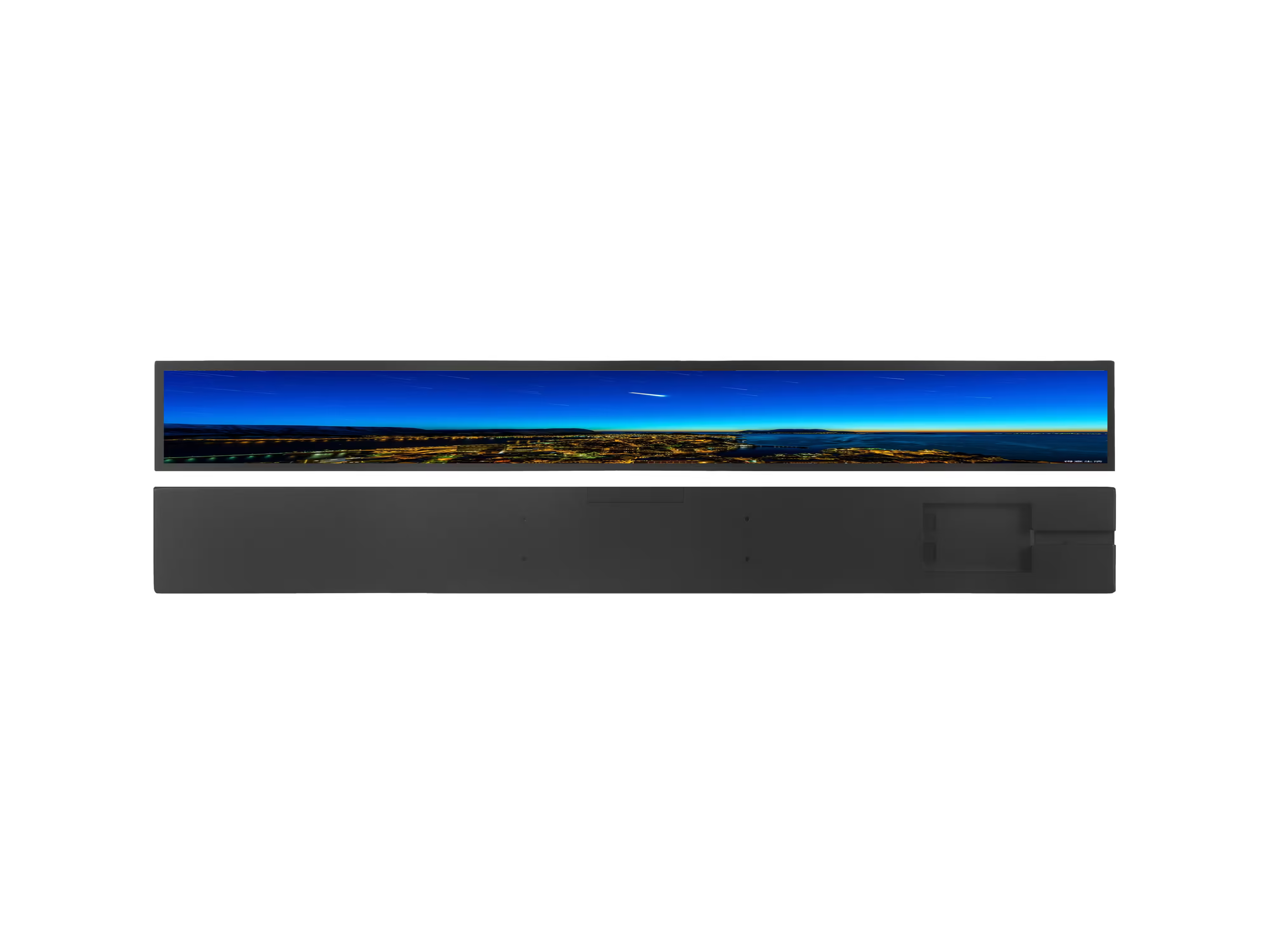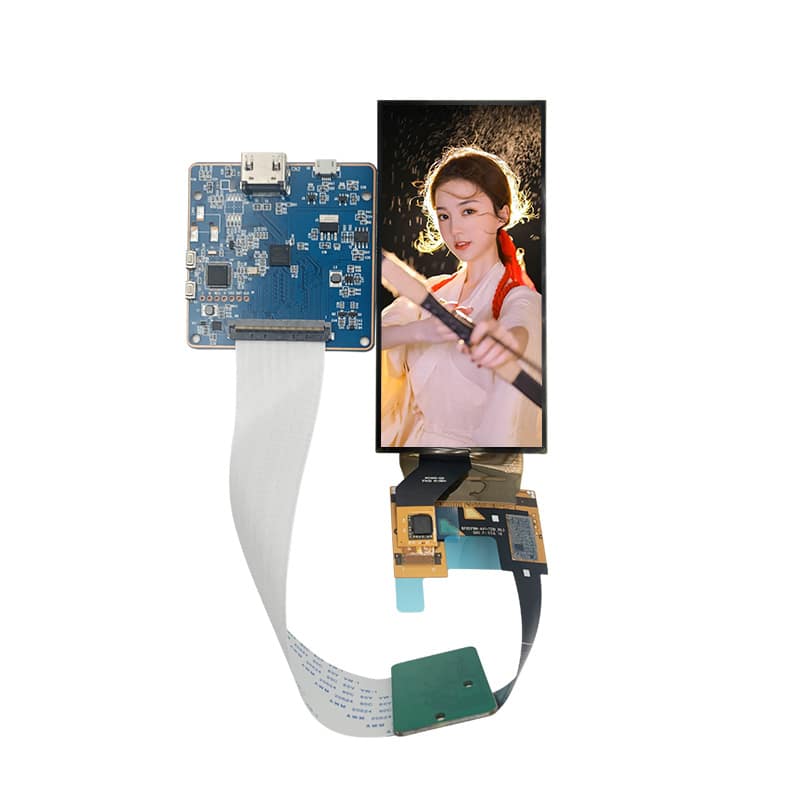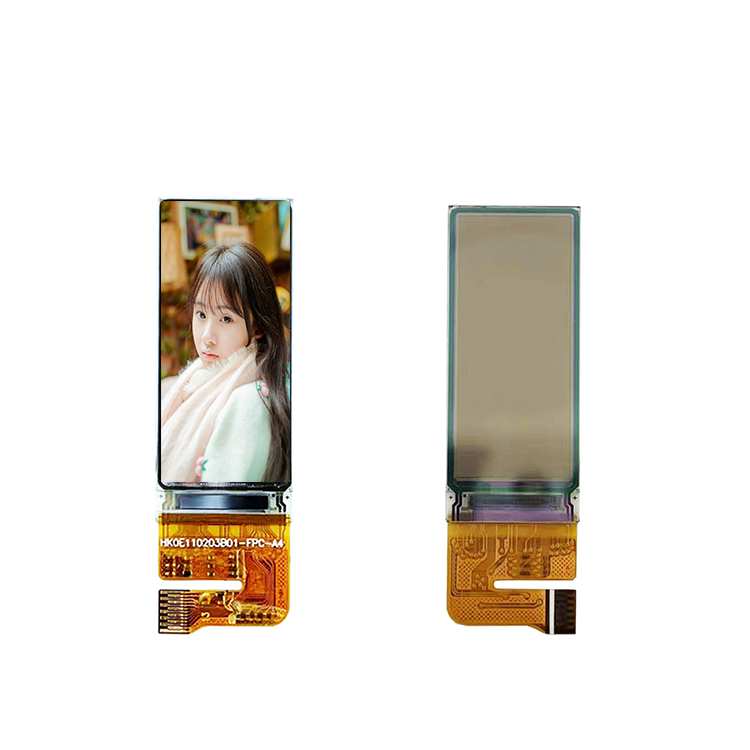LCD Module Backlight: A Comprehensive Guide to Understanding and Choosing the Right Solution
In the world of display technology, LCD modules have become indispensable components for various applications, from smartphones to industrial control panels. At the heart of these displays is the backlight system, which ensures clear and vibrant visuals. In this article, we will delve into the intricacies of lcd module backlights, focusing on their importance, types, and how the Chancedisplay brand can contribute to your display needs.
**What is an LCD Module Backlight?**
LCD, or Liquid Crystal Display, relies on a combination of liquid crystals, electrodes, and a backlight to create images. The backlight is essentially the source of light that shines through the LCD panel, illuminating the pixels and allowing them to display colors. It’s akin to a projector shining light onto a screen, but in a more intricate and controlled manner. There are two main types of backlights used in LCD modules: fluorescent and LED (Light Emitting Diode).
**Fluorescent Backlight**
The traditional lcd module backlight uses a fluorescent lamp, typically a CCFL (Cold Cathode Fluorescent Lamp). These backlights were popular in early LCD devices due to their cost-effectiveness and relatively long lifespan. However, they have some drawbacks. Fluorescent lamps are bulky, consume more power, and emit mercury, making them less environmentally friendly. They also suffer from flickering issues, which can be detrimental to user experience, especially in high-resolution displays.
**LED Backlight**
Enter the LED backlight, a significant advancement in LCD technology. LEDs are more energy-efficient, have a longer lifespan, and produce less heat compared to CCFLs. There are three primary types of LED backlights: direct-lit, edge-lit, and local dimming:

1. **Direct-Lit Backlight** – In this configuration, LEDs are placed directly behind the LCD panel, providing uniform illumination. This design results in better contrast and color accuracy but can be more expensive due to the higher number of LEDs required.
2. **Edge-Lit Backlight** – LEDs are mounted around the perimeter of the LCD panel, shining light through diffusers. This approach is more cost-effective but may lead to uneven brightness and reduced contrast, especially in larger screens.
3. **Local Dimming** – A combination of direct-lit and edge-lit, local dimming selectively dims individual LEDs to enhance contrast and improve overall image quality. This technique can produce exceptional visuals but adds complexity and cost.
**CHANCEDISPLAY: A Reliable Brand for LCD Module Backlights**
CHANCEDISPLAY, a reputable brand in the display industry, offers a range of high-quality LCD module backlights that cater to various applications. Their products feature advanced LED technology, ensuring optimal performance, energy efficiency, and durability. CHANCEDISPLAY‘s LED backlights come in different forms, including edge-lit and direct-lit options, with customizable options for brightness, contrast, and color gamut, depending on the specific requirements of the end-user.
One of Chancedisplay’s key strengths is their commitment to research and development. They continuously strive to improve their backlight solutions, incorporating innovative technologies like quantum dot enhancement layers to boost color reproduction and reduce power consumption. This dedication to innovation sets them apart in the market and ensures their customers receive the best possible performance from their displays.
**Factors to Consider When Choosing an LCD Module Backlight**
When selecting an LCD module backlight, several factors must be taken into account:

1. **Performance** – Look for high contrast ratio, fast response times, and accurate color reproduction.

2. **Energy Efficiency** – LED backlights are more efficient than fluorescent, reducing operating costs and environmental impact.
3. **Lifespan** – Long-lasting backlights minimize maintenance and replacement costs.
4. **Size and Weight** – Depending on the application, the size and weight of the backlight may be crucial.
5. **Cost** – While LED backlights offer better performance, they can be initially more expensive. Consider the long-term benefits and return on investment.
**Conclusion**
In conclusion, LCD module backlights play a pivotal role in delivering crisp and vibrant visuals on modern displays. The transition from fluorescent to LED technology has significantly improved performance, efficiency, and sustainability. Chancedisplay, with its focus on innovation and quality, offers a reliable solution for businesses seeking top-notch backlights for their LCD modules. By considering the factors mentioned above, you can make an informed decision that suits your specific display requirements, ensuring a seamless user experience and long-term operational efficiency.


